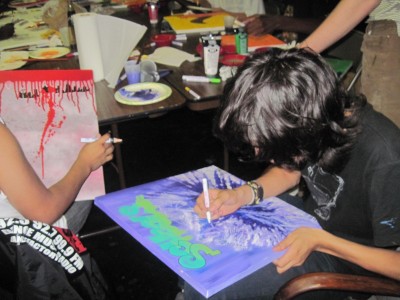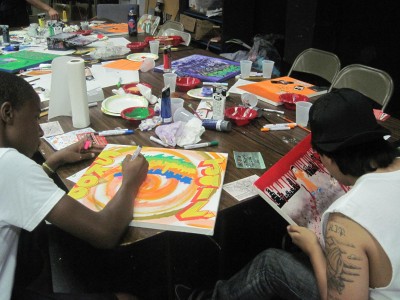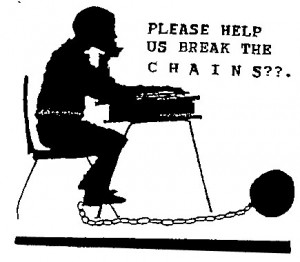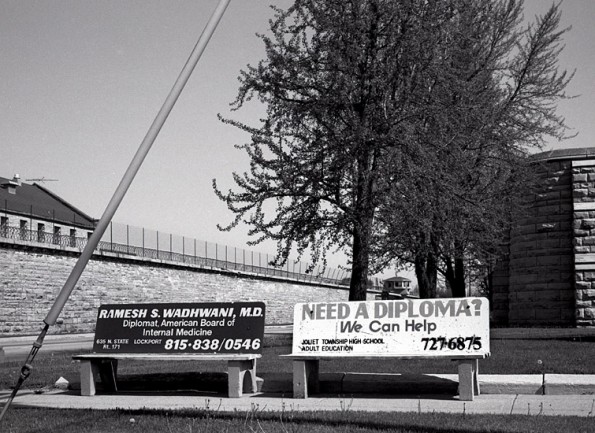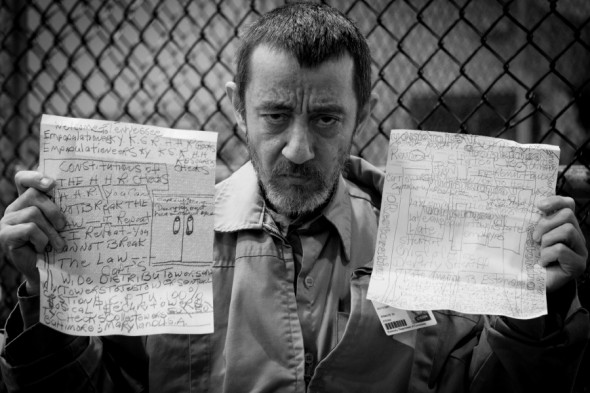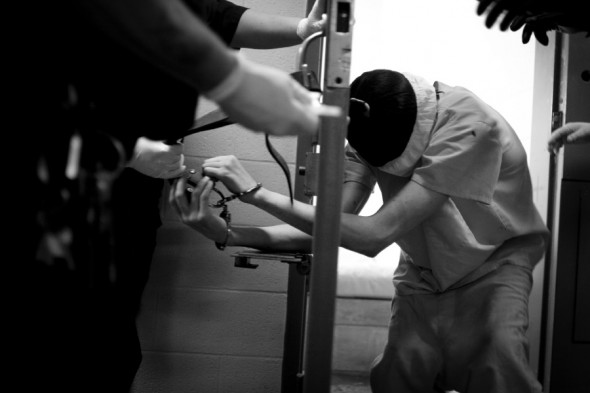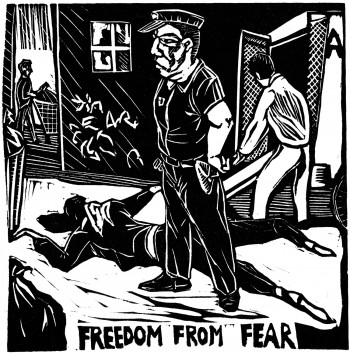Remember when “detention” used to mean in-school suspension…
In Tennessee, youth on probation who are attending school and receive an out-of school suspension will now be mandated to go to detention (LITERALLY). I came across this article titled Suspended Students go to “CLASS’ at detention center in the Tennessean. Doesn’t that headline speak volumes. Frankly, I think that we really do a disservice to young people when schools mete our harsh disciplinary policies which include excessive suspensions and expulsions. This is helping to “push” students out of school and into the prison pipeline.
From the article:
A new juvenile
court program is aimed at keeping children and teens who are on probation or under a court order out of trouble if they receive an out-of-school suspension while attending city and county schools.
The Court Linked Alternative School Suspension (CLASS) will require any child on any level of probation or under a court order (i.e. for truancy) in Rutherford County, who receives an out of school suspension, to spend their suspension in a non-traditional classroom located at the Rutherford County Juvenile Detention Center.
More from the article:
Children and teens referred to CLASS will be required to bring a packed lunch and books to a dormitory inside the Rutherford County Juvenile Detention Center between the hours of 7:30 a.m. and 8 p.m., Davenport said.
“They are going to sit all day in our dorm,” Davenport continued. “We have a classroom set up inside the dormitory.”
Davenport said the class is needed because “I’m tired of these children (those who have been suspended) not being supervised.” The judge said the 2010 summer vacation has been the “worst summer I’ve ever seen with children traveling
in packs and breaking into homes.
“Out-of-school suspension is an accident waiting to happen,” she said, adding CLASS “is a way to get them off the streets and help the parents.”
The class will be supervised by juvenile detention staff, according to Davenport.
“We can monitor them as much as we monitor the others (children currently incarcerated at the juvenile detention center),” she said. “Those referred to class will not be in holding cells and will have absolutely no contact with inmates.”
It is so important for young people to have forums and outlets where they can “talk back” to the increasing criminalization that they must endure. To that end, I am privileged to be working with an incredible group of young people who are conducting a youth-led research project about the school to prison pipeline. As part of this project, a couple of weekends ago, a group of young people spent a Saturday discussing harsh disciplinary policies and the impact that these are having on their education. The event called “Representing the Pipeline” then allowed them to create some art that visualized the school to prison pipeline. Over the next few weeks, I will feature some of this art here. In the meantime, here are some pictures of the wonderful young people creating some art.
